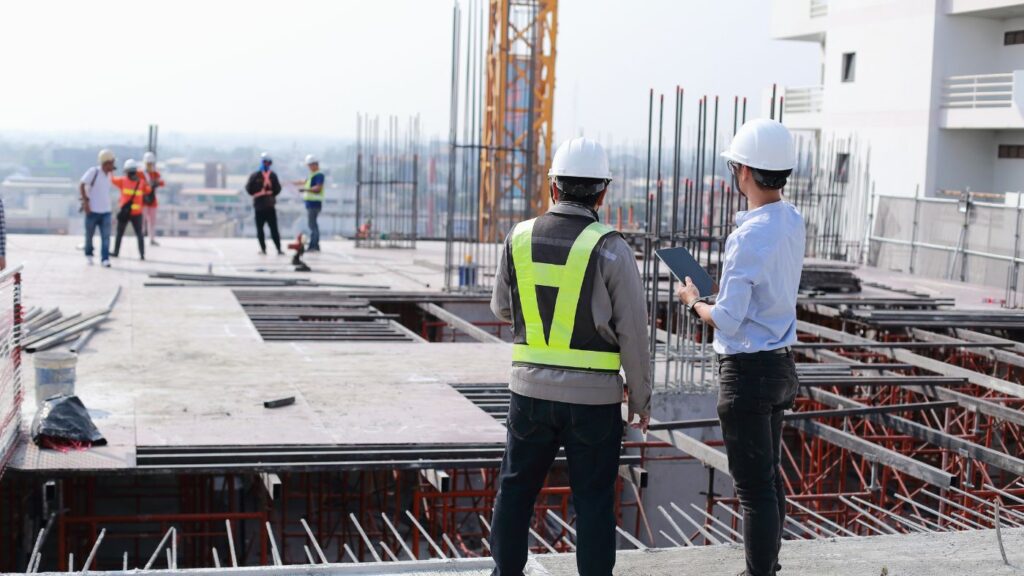In the fast-paced world of construction, innovation is transforming the way buildings are designed and assembled. Among the most promising advancements is prefabrication, a method where components of a structure are manufactured off-site and then transported to the construction site for assembly. Prefabrication is reshaping the industry with its efficiency, sustainability, and cost-effectiveness, leading many to ask: Is prefabrication the future of construction?
Let’s dive into what prefabrication entails, its benefits, challenges, and its potential to revolutionize the construction industry.
What Is Prefabrication?
Prefabrication, or modular construction, involves creating building components—such as walls, floors, and roofs—in a controlled factory environment. These components are then transported to the construction site, where they are assembled like pieces of a puzzle.
This method contrasts with traditional construction, where every part of a building is constructed on-site, often leading to inefficiencies and delays.
Advantages of Prefabrication
Prefabrication offers a host of benefits that make it a game-changer in the construction industry:
1. Faster Construction Timelines
Since components are built off-site simultaneously with on-site preparations, the construction process is significantly faster. This parallel workflow can cut project timelines by 30-50%, making prefabrication ideal for time-sensitive projects.
2. Cost-Effectiveness
Prefabrication reduces labor costs, minimizes material waste, and limits costly delays caused by weather or on-site challenges. The controlled factory setting allows for better cost management and resource allocation.
3. Enhanced Quality Control
Building components in a factory ensures consistency and precision, as the process is not subject to unpredictable environmental factors. Prefabrication adheres to strict quality standards, leading to more reliable results.
4. Sustainability
Prefabrication is inherently eco-friendly. By manufacturing components in a controlled environment, waste is minimized, and materials are used more efficiently. Additionally, transportation and assembly require less energy compared to traditional methods.
5. Safer Working Conditions
Factory environments are safer than construction sites, as workers are protected from the hazards of unpredictable weather, heavy equipment, and high elevations. This leads to fewer accidents and injuries.
Challenges of Prefabrication
While prefabrication offers numerous benefits, it’s not without its challenges:
1. Initial Investment
Setting up prefabrication facilities and acquiring the necessary equipment can be costly. This may deter smaller firms from adopting this method.
2. Transportation Logistics
Transporting large prefabricated components to the construction site requires careful planning and can sometimes be expensive, especially for remote or urban areas.
3. Design Limitations
While prefabrication allows for customization, it may not accommodate highly complex or unique architectural designs as easily as traditional methods.
4. Skill Requirements
Prefabrication demands a specialized workforce trained in modular assembly, which can be a challenge in regions with limited access to such expertise.
Prefabrication vs. Traditional Construction
| Aspect | Prefabrication | Traditional Construction |
|---|---|---|
| Speed | Faster due to parallel workflows | Slower due to sequential processes |
| Cost | Lower overall costs | Higher labor and material costs |
| Quality Control | High consistency in factory settings | Variable due to on-site conditions |
| Sustainability | More sustainable, less material waste | More waste and environmental impact |
| Flexibility | Limited for highly complex designs | Highly flexible for intricate designs |
How Prefabrication is Changing the Industry
Prefabrication is revolutionizing various sectors within the construction industry, including:
- Residential Construction: Prefabricated homes are becoming increasingly popular for their affordability and speed.
- Commercial Projects: Office buildings and retail spaces benefit from modular construction, allowing businesses to open sooner.
- Infrastructure Projects: Bridges, schools, and hospitals can be built faster and more efficiently using prefabricated components.
Additionally, prefabrication integrates seamlessly with other innovations, such as Building Information Modeling (BIM) and 3D printing, further enhancing its efficiency and accuracy.
Is Prefabrication the Future of Construction?
With its unmatched speed, cost-effectiveness, and sustainability, prefabrication is poised to become a dominant force in the construction industry. While traditional methods will always have their place, especially for intricate or custom designs, prefabrication offers a scalable and efficient solution for modern building challenges.
As urbanization continues and the demand for affordable housing rises, prefabrication’s role in shaping the future of construction will only grow. It’s not just a trend—it’s a solution that addresses some of the industry’s biggest challenges while paving the way for innovation.
How CW Young Solutions Can Help
At CW Young Solutions, we stay ahead of the curve by embracing innovative construction techniques like prefabrication. Whether you’re exploring modular designs, need blueprint reading, or require custom house plans, our team is here to provide expert guidance and support.
Contact us today to learn how we can help make your construction project faster, more cost-effective, and sustainable with cutting-edge solutions.

